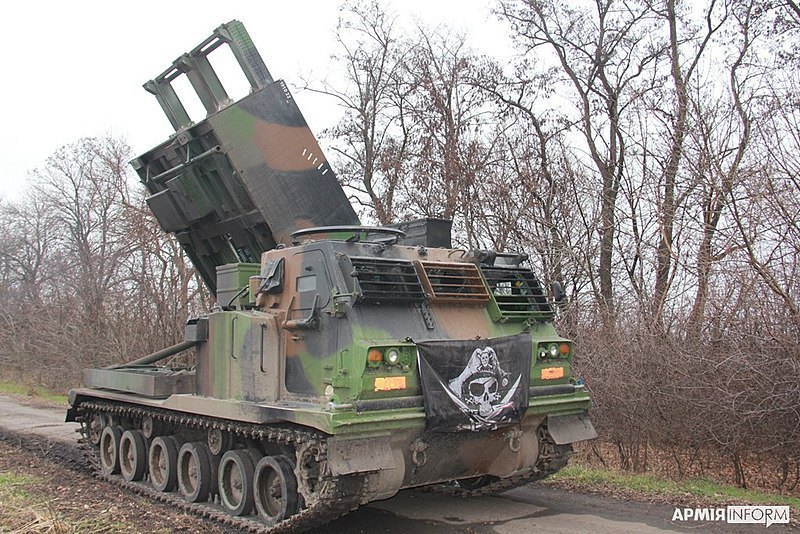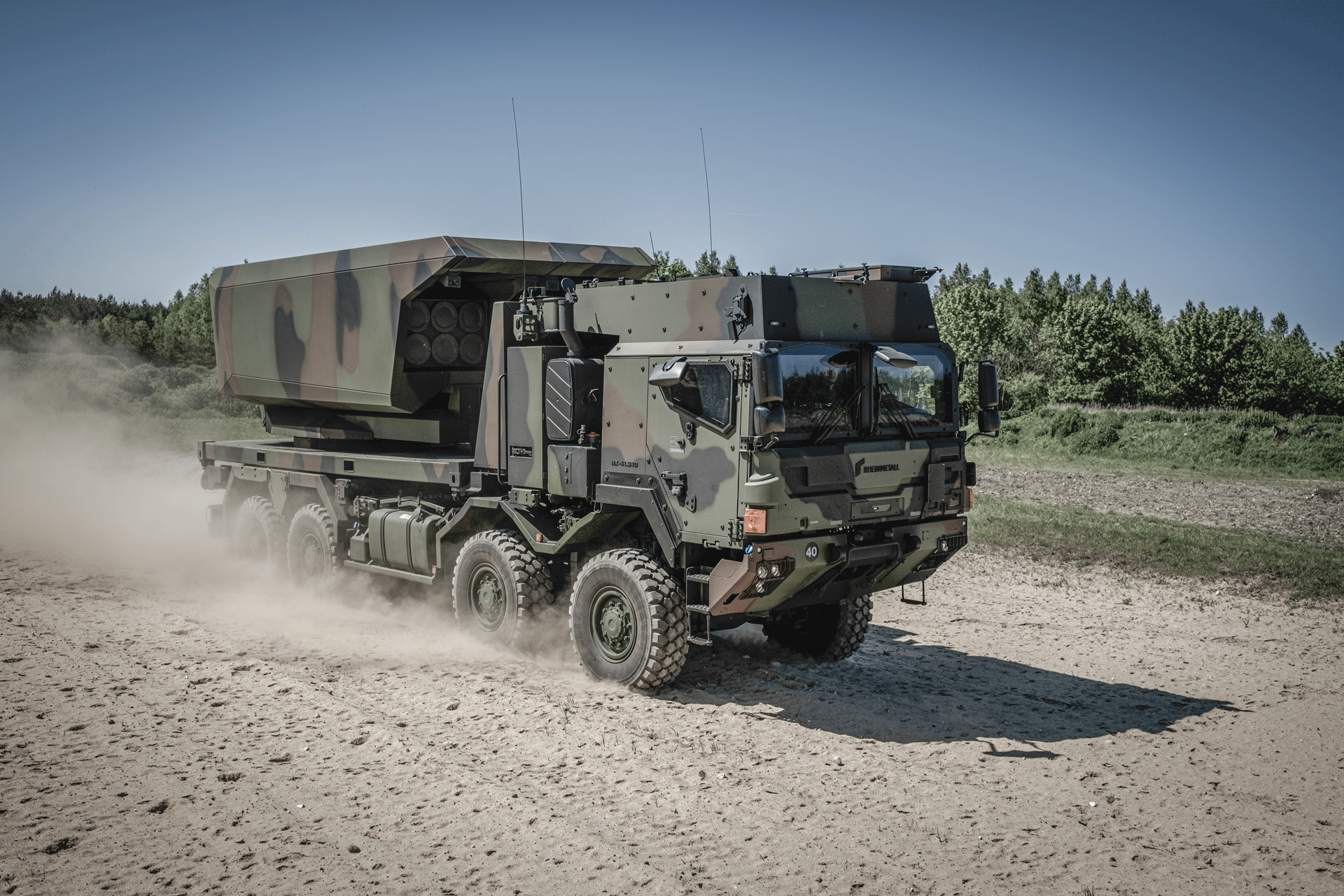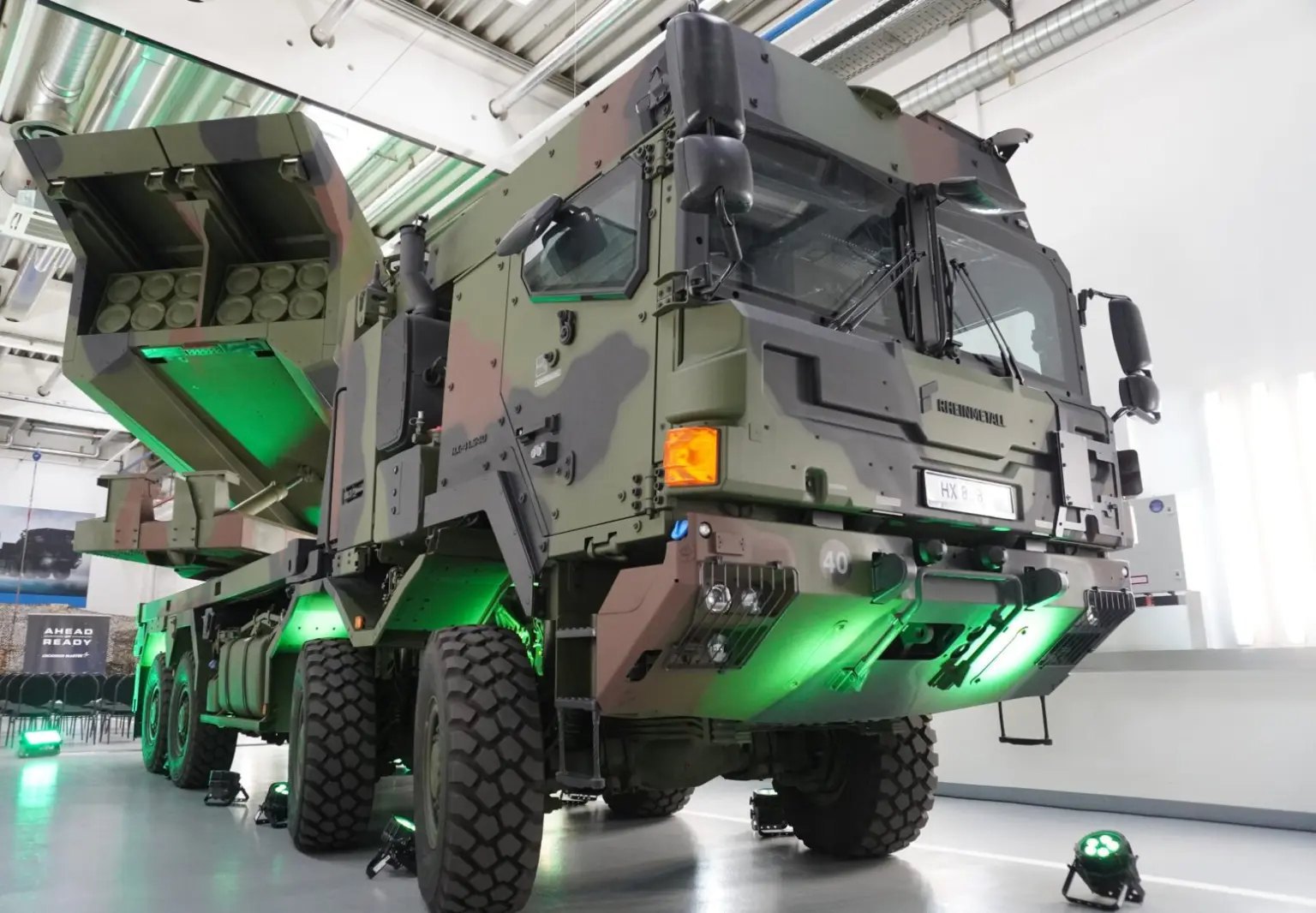At one time, for example, British and French divisions were deployed in the campaign against Iraq at the request of the Americans, and no one told the allies how much percentage of defence spending they needed to achieve and how beautiful the sea separates Baghdad and Paris.
That's why Europe is increasingly seeking autonomy - it's logical, as anyone who sees where the new US administration is headed would do.
Today, as many as 44 French M270s are in storage with unclear prospects of being put into service - and only 9 LRUs (French M270 upgrades) are in service.

Work on the replacement is already underway, and the first launches are scheduled for next summer.
The plan is to purchase 26 units by 2035, which is fast in principle, as there is no working demonstrator or flying missile yet.
This is for the information of those who dream of Ukrainian analogues of Patriot and HIMARS. Moreover, the French already have a proven guidance system in their AASM Hammer precision bombs, and giants such as Safran and MBDA and Thales and ArianeGroup are working on the MLRS project.
Modern weapons with a large number of electronics, electronic warfare circumvention systems, satellite communications, and navigation are completely different from previous generations.
The terms of reference include interchangeability with stored ammunition, and by 2030, a 150 km range main missile with duplicate guidance systems will be developed.
Presumably, Paris is satisfied with the numerous strikes on warehouses, control points and drone pilots' positions - Russia's ability to counter the latest inertial and infrared duplication systems is limited - electronic warfare only extinguishes satellites.
The Germans are also actively developing a replacement for the M142 HIMARS for the Bundeswehr. In principle, Berlin does not have a wheeled MLRS in service, as 158 MARS are in storage and are being upgraded to MARS II.
Today, there are four dozen, five full-fledged divisions in the ranks. Presumably, a lighter and cheaper German-designed classmate will be adopted in parallel for the new divisions.
The developer is Rheinmetall, however, in conjunction with Lockheed Martin, the world leader in the production of precision-guided missiles.
GMARS is an RMMV HX 8x8 armoured vehicle with a modular launch system.

The Germans decided not to develop the missile from scratch, but to use NATO stocks at the initial stage.
In fact, this is a wheeled M270 - the MLRS can deliver a full salvo of 12 227mm missiles or two operational tactical missiles at once, and later a new cruise missile will be integrated into it.
Since Berlin has signed a convention banning cluster munitions, SMArt is used against dispersed hard targets, as it works well against post-Soviet tanks.
A production facility has been built in Dortmund, and the first pre-production models will be available this summer - the Germans are in a hurry.

And if until recently there were no US competitors and Romania, the Baltic states and Poland were tied to US imports, now there are alternatives.
On a European chassis, with missiles manufactured in the EU, but with the possibility of using US or other NATO stocks from the secondary market.
I am sure that if the US chooses to distance itself from the war in Ukraine, we will not be left alone.
And I am more than sure that the new MLRS will be tested in our country, just as we have received French guided bombs, the latest German air defence systems and self-propelled artillery systems.
Simply because blood has been shed in Europe for too long over ‘historical lands’ and ‘historical grievances’, no one wants to let the genie out of the bottle.
The more Russia tries to put pressure, the more German and Canadian brigades will be in the Baltic States, the more new missile systems will be deployed, and the sooner the aggressor's borders will be covered with anti-ship missiles, aircraft and precision weapons.







